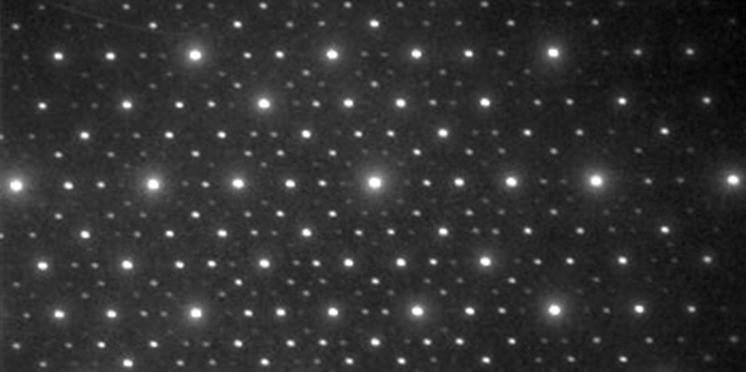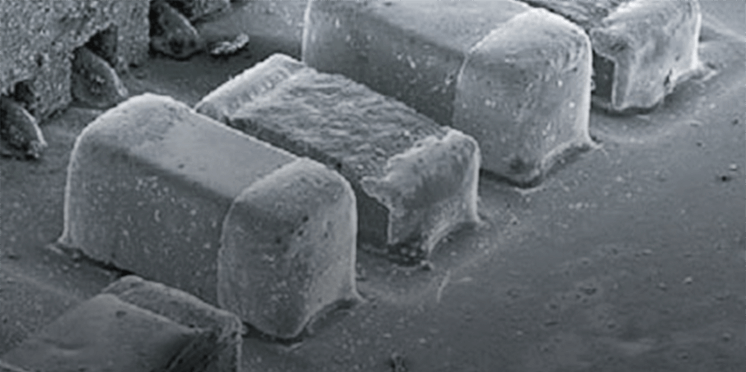プレエンベディング法
プレエンベディング法
pre-embedding
[目次:試料等(試料および試料作製)]
免疫電顕法のための染色を行う際、組織片や細胞の固定後、標的となる抗原タンパク質にすぐに一次抗体を反応させる方法。この方法は免疫反応が樹脂包埋の前に行われるので、プレエンベディング法と呼ばれる。プレエンベディング法の長所は、免疫反応が脱水・包埋前に行われるので、抗原となるタンパク質の変性・流出が起こる前に、抗体を反応させることができることである。短所は、包埋前に組織片(ブロック)として染色を行うため、抗体の浸透が不均一になってしまうこと、および高価な抗体の使用量が多いことである。一般的にポストエンベディング法よりも簡便な方法である。
Pre-embedding is a technique of embedding in the course of immunoelectron microscopy for the primary antibodies to react with the target antigenic proteins immediately after fixation of block tissues or cells. The name of “pre-embedding” originates from the fact that the immune-reaction is performed prior to resin embedding. The advantage of pre-embedding is that antibodies can react with the antigenic proteins in advance of the occurrence of denaturation or outflow of the antigenic proteins. However, pre-embedding has two major disadvantages. One is that antibodies do not stain uniformly the whole block tissue because staining is made for the block tissue prior to resin embedding. Another is that a large amount of expensive antibodies is needed for pre-embedding. In general, pre-embedding is a simpler technique than post-embedding.
関連用語から探す
説明に「プレエンベディング法」が含まれている用語






